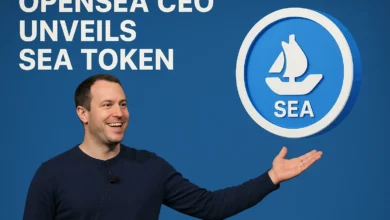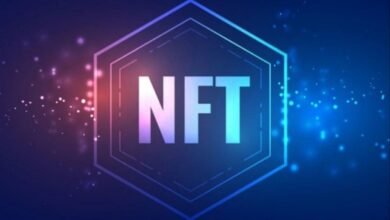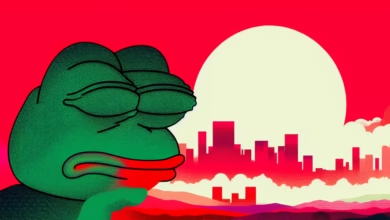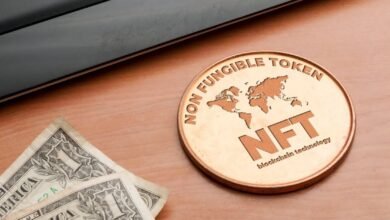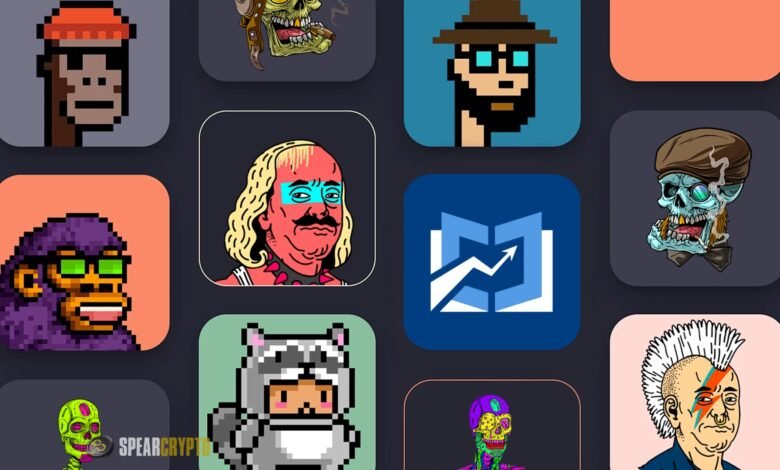
One of the most talked-about phenomena in the tech, art, and investment industries in 2021 and 2022 was the digital world’s encounter with non-fungible tokens (NFTs). Every famous person, big organization, and brand appeared on the NFT bandwagon. Instantaneous digital ownership and the promise of decentralized economies were accompanied by high-profile partnerships between artists and musicians and the sale of digital artwork for millions of dollars. NFTs quickly became a byword for these concepts.
However, rumors about the “death of NFTs” started circulating in late 2022 and early 2023. The once-rising market was slowing, and some news outlets even said that NFTs would no longer be considered a valid asset class. The value of numerous prominent NFT projects plummeted, and trading volume in NFT platforms also plummeted. Because of this, many people are asking: Is NFT dead?
If NFTs are here to stay or were they merely a fleeting fad in digital assets, we’ll look at the present market situation, dissect the reasons behind its apparent fall, and determine in this article.
The NFT Boom: A Brief Recap
Using blockchain technology, NFTs are authenticated as one-of-a-kind digital assets. Each NFT token stands for a unique digital asset, be it a piece of art, a collectible, a piece of music, a movie, or even a tweet, making it impossible to trade one NFT for another in the same way as Bitcoin or Ethereum.
In 2017, initiatives like CryptoPunks and CryptoKitties introduced the idea of NFTs. Nevertheless, NFTs did not become widely known until the beginning of 2021. The sale of Beeple’s “Everydays: The First 5000 Days” at Christie’s for an unprecedented $69 million was one of several high-profile transactions that drove this.
Suddenly, NFTs appeared in digital artwork, music, clothing, real estate, and even sports memorabilia. Taco Bell, Nike, and Adidas were major corporations that introduced NFT collections. Notable figures, including Elon Musk, Paris Hilton, and Snoop Dogg, have released tokens as part of the initiative. Prices skyrocketed when NFT markets such as OpenSea, Rarible, and Foundation experienced fast growth.
Trading volume in the NFT market exceeded $40 billion in 2021 when it was at its pinnacle. Proponents of NFTs said they would change sectors, give creators more agency, and democratize art ownership. Despite this excitement, reality set in: the NFT market was highly speculative and subject to severe volatility.
The Crash: What Happened?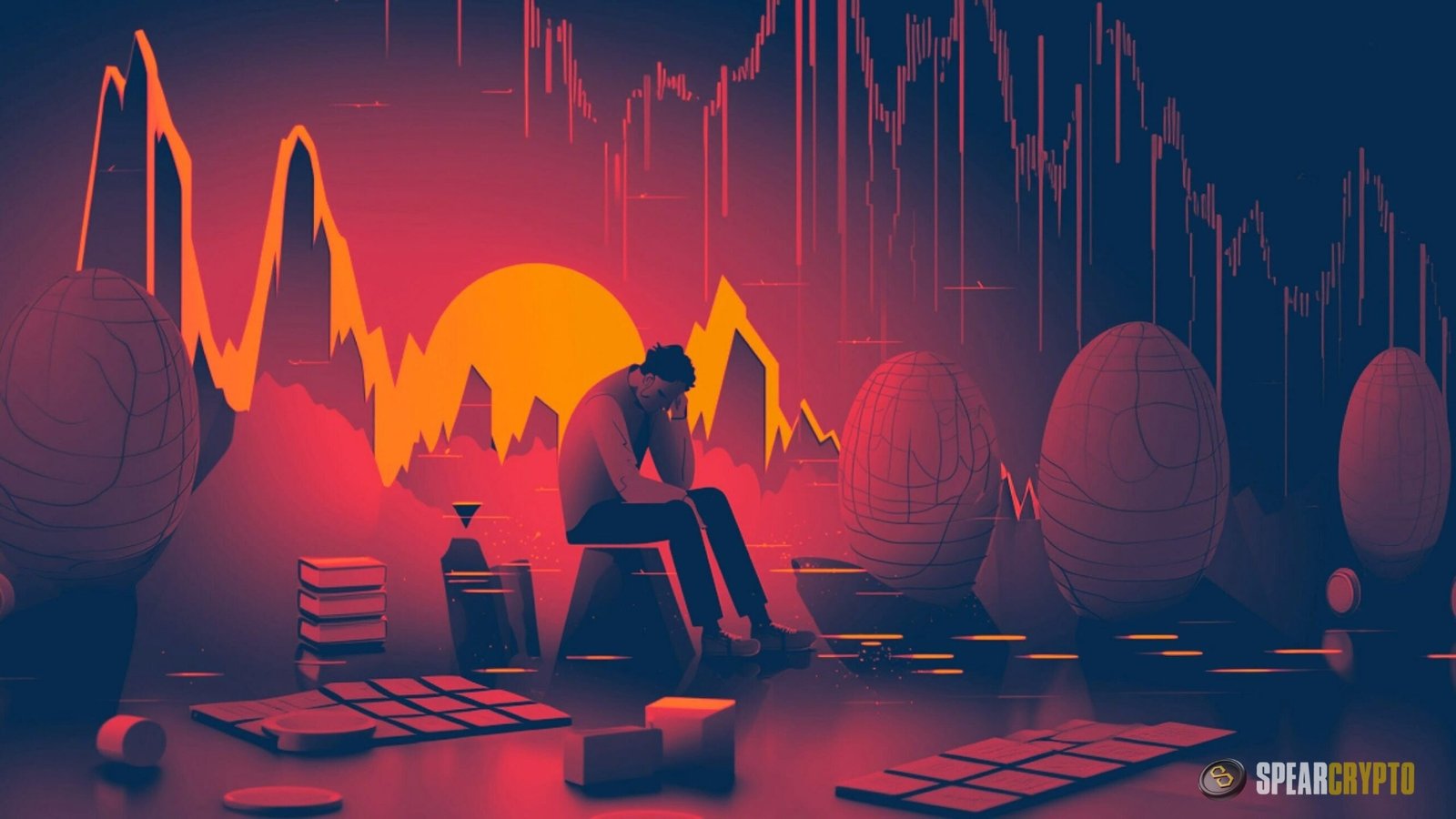
The NFT market saw a severe slump by the middle of 2022. There were several causes for this decrease:
- Market Saturation: The sheer volume of NFT projects became overwhelming, and the market was flooded with new collections. Many of these projects were of low quality, poorly planned, or outright scams. As supply outpaced demand, prices began to fall.
- Crypto Market Crash: The broader cryptocurrency market experienced a massive decline in 2022, with Bitcoin and Ethereum losing more than half of their value. This crash directly impacted the NFT market since most NFTs are bought and sold using cryptocurrencies. As crypto investors suffered losses, fewer people had disposable income to invest in speculative digital assets.
- Speculative Bubble: Many buyers entered the NFT space purely for speculative reasons, hoping to “flip” NFTs for a profit. As prices soared, some believed the market was unsustainable. Once the bubble burst, many of these speculative investors exited, leaving a much smaller pool of genuine collectors and enthusiasts.
- Scams and Fraud: The NFT space became notorious for scams, rug pulls, and fraud. High-profile projects disappeared overnight, and many buyers were left with worthless assets. This eroded trust in the market and discouraged new investors from entering.
- Lack of Utility: Most of the NFT market was driven by hype rather than utility. While some NFTs promised access to exclusive communities or events, many were digital assets without real-world use. As buyers became more discerning, projects without tangible value struggled to retain interest.
Are NFTs Truly Dead?
Declaring NFTs “dead” would be hasty and deceptive, even though the market has cooled off from its 2021 peak. The NFT market goes through phases, just like the Bitcoin market. A correction follows each boom invariably. What matters most is the industry’s trajectory and whether NFTs maintain their current level of involvement in the future of digital ownership.
A Shift Toward Quality Over Quantity
The NFT market has become more picky since the crash. Nearly everything classified as an NFT might fetch a premium during the boom’s early stages. The market is developing now, and consumers want better products made with more care. The movement is being spearheaded by well-known musicians, big brands, and companies thinking about the future.
There is still success for projects that provide actual value, whether in practicality, novel experiences, or outstanding originality. Serious collectors, for example, still show interest in generative art collections such as Art Blocks. In addition, NFTs with practical uses, such as tokenized real estate or in-game assets, are becoming popular.
Growth in Gaming and Metaverse NFTs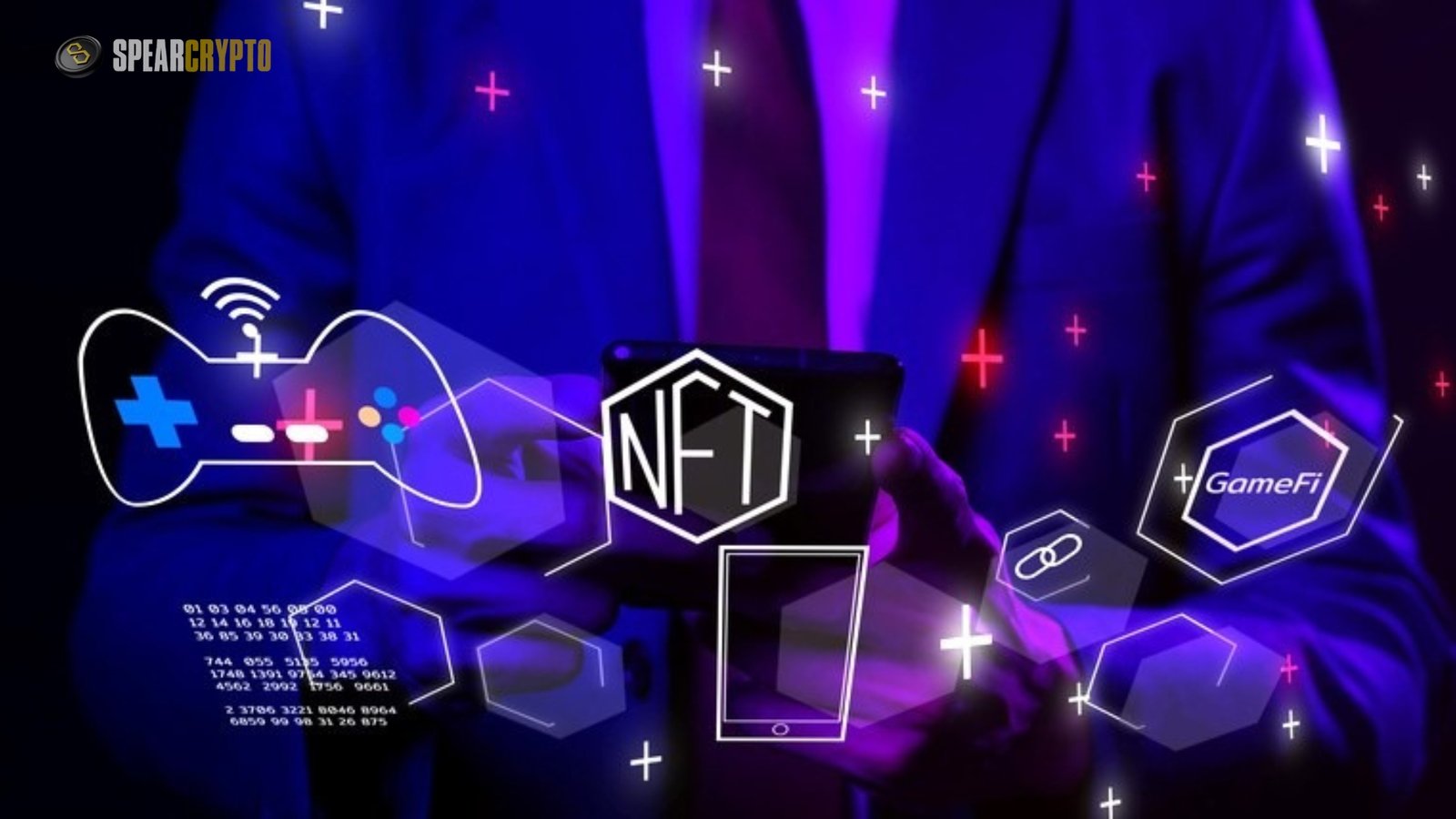
Even if interest in profile picture (PFP) NFTs has waned, the gaming and metaverse NFT industries show great potential. NFTs are in-game assets in blockchain-based games such as Decentraland and Axie Infinity, enabling players to own and exchange objects. As a digital ownership, this appeals to players and gives NFTs a purpose beyond speculation.
The ownership of digital land, avatars, and assets primarily depends on NFTs in the metaverse, virtual environments where users can connect, create, and trade. With Facebook’s (now Meta) increased focus on the metaverse, NFTs are poised to become an integral part of virtual economies.
Mainstream Adoption by Major Brands
Even with a cooling market, major brands continue to experiment with NFTs. Nike’s acquisition of RTFKT, a digital sneaker company, demonstrates that global brands see long-term potential in NFTs. Fashion companies like Gucci and Prada have also launched NFT collections that are tied to exclusive experiences and physical products.
NFTs have also gained popularity in the music industry. Artists like Kings of Leon and 3LAU have released albums and concert tickets as NFTs, providing fans with unique experiences and ownership of rare digital memorabilia. These initiatives are helping NFTs find utility beyond the art world, expanding into the entertainment, fashion, and sports industries.
Environmental Concerns and Solutions
One of the criticisms of NFTs has been their environmental impact. Ethereum, the blockchain on which most NFTs are built, historically used an energy-intensive proof-of-work (PoW) system. This led to concerns about the carbon footprint of NFT transactions.
However, the transition of Ethereum to a proof-of-stake (PoS) system in 2022 significantly reduced its environmental impact. The shift, known as “The Merge,” reduced Ethereum’s energy consumption by over 99%. This move has alleviated some environmental concerns and made NFTs more palatable to eco-conscious investors and creators.
Regulatory Scrutiny and Consumer Protection
As with any emerging technology, the NFT market has attracted regulatory attention. Governments are starting to grapple with how to classify and regulate NFTs, particularly regarding securities laws, anti-money laundering (AML) rules, and consumer protection. While this could slow down certain aspects of the market, it may also bring more legitimacy to NFTs by establishing clear guidelines and safeguards.
Regulation may also help weed out fraudulent projects and scams, creating a safer environment for investors and collectors. As the market becomes more regulated, it could attract institutional investors and major corporations looking for clearer legal frameworks.
The Future of NFTs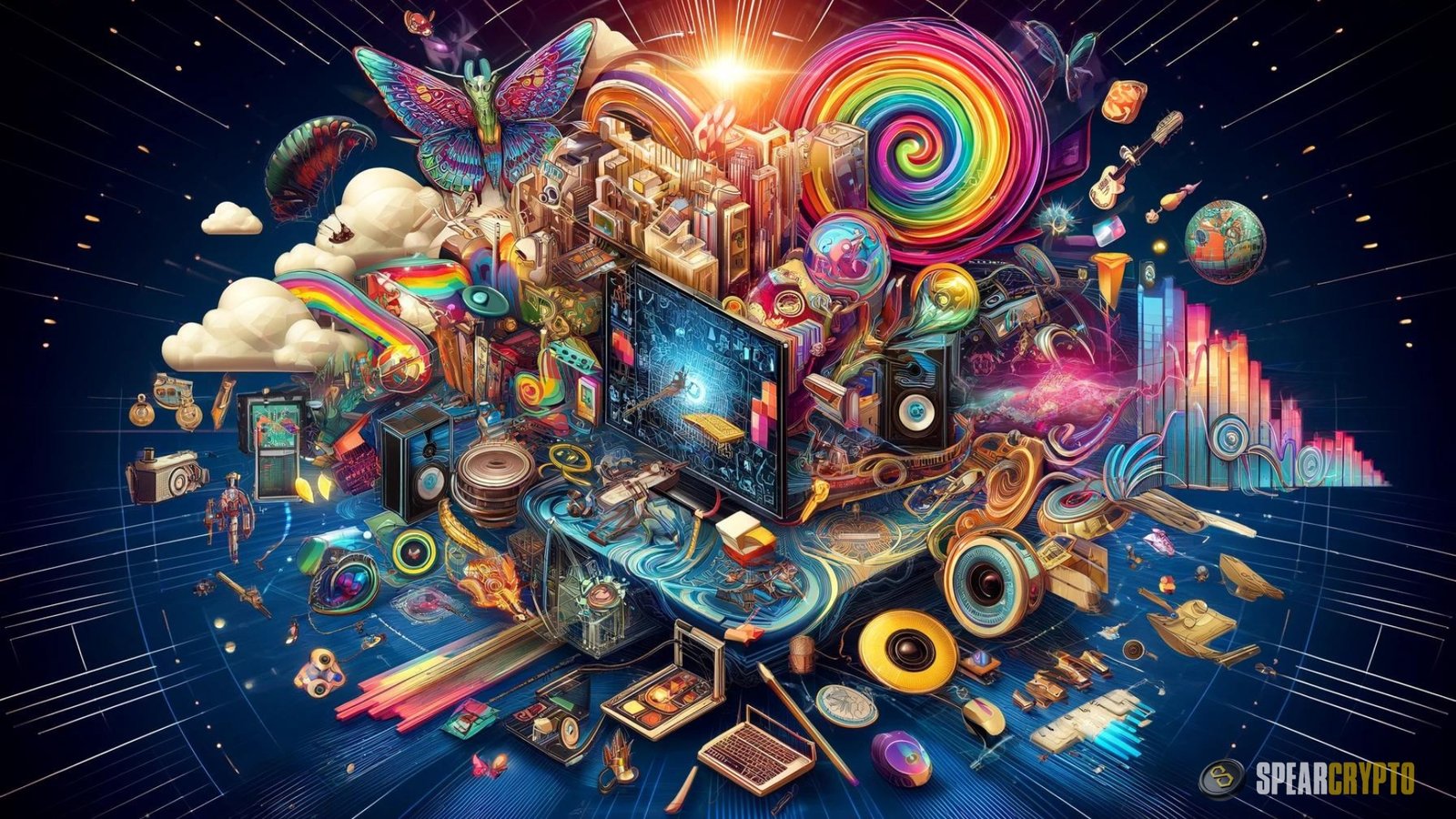
NFTs are still in their infancy, and many issues plaguing the market are typical of nascent technology. In many ways, the hype cycle surrounding NFTs mirrors the early days of the internet or even cryptocurrencies like Bitcoin. There was initial excitement, followed by a crash and a period of innovation and long-term growth.
While the speculative frenzy of 2021 may be over, the technology underpinning NFTs is still groundbreaking. The ability to verify ownership of digital assets, create decentralized economies, and enable creators to monetize their work without intermediaries is transformative.
In the future, we can expect to see more innovation in the NFT space. Projects that blend real-world utility with digital ownership, such as tokenized real estate, digital identity, and decentralized finance (DeFi) applications, could drive the next wave of NFT adoption.
Additionally, as the metaverse develops, NFTs will likely play a central role in how users interact, create, and trade in virtual environments. NFTs could also revolutionize industries like ticketing, intellectual property, and content creation, providing creators with new revenue streams and ownership models.
Conclusion
While the NFT market has experienced a significant correction, it is far from dead. We are witnessing a maturing of the industry, shifting away from hype-driven speculation toward more sustainable, value-driven projects. NFTs will likely continue to evolve and find new use cases as the technology and market mature.
The NFT market may never return to the wild speculative heights of 2021, but that’s not necessarily a bad thing. Instead, we may enter a period of innovation and growth where NFTs become integral to the digital economy. So, is NFT dead? No. It’s just evolving—maturing into a more stable, valuable, and sustainable market.
[sp_easyaccordion id=”2905″]
